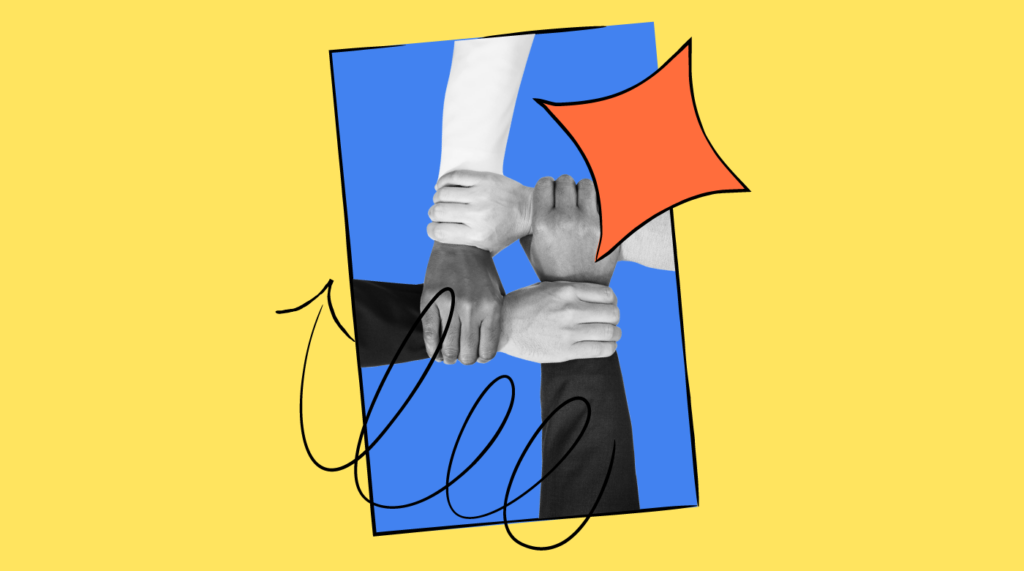In 2013 my wife and I became parents, our beautiful daughter Kim was born. We spend a great deal of time with Kim, indeed I took a year out from my career to spend time with her – and my wife was able to take maternity leave so the three of us had a wonderful year together. One of the interesting things about kids is that they, like employees, are people too. Typically the three of us are together, we go to the mall, attend swimming lessons, go to restaurants and parks – what I always thought the typical things that families do. However when we’re out something distributing happens, and it happens most times. Children come and talk to me, the reason they talk to me is because their parents are too busy on the phone, or having grownup conversations, or generally ignoring them, thinking somehow that they’re at the park so they don’t need parents right now – parents like managers don’t belong on the sideline.
So how does this relate to HR? For those that have read some of my posts, you’ll appreciate I typically keep a low profile in terms of the wider workforce, I’m generally involved with back-office HR such as strategy, remuneration, and data, etc. However like the children in the park, employees sometimes find me, and they too want to chat. As a society we talk about bullying a lot, and we should and we need to keep talking about it, because its a plague. However bullying has another face, and that face is one of neglect. The kids that want to show their parents how well they can climb up the climbing wall, or how fast they go down the slide, or how high they can go on the swing, they know this. The potential for neglect doesn’t stop when you ‘grow-up’, it doesn’t stop when you graduate college, or when you get your first paycheck.
So these employees that find me and engage in conversation don’t do so because I’m the life of the party (because I’m not) etc, they engage in conversation because I listen and their managers for whatever reason don’t – most often their managers have the exact same information that I pass along to their employees. Perhaps their problem is seen as too small or minor by their manager to be considered important, however in my experience if someone brings forth an issue or problem, it's not small to them. So as an HR practitioner step back and consider why this person has sought you out, is there a performance management issue with their manager or team leader – is something broken within the relationship? Does each party understand the role they’re employed to undertake? Often in HR, we’re so quick to see how we can fix something, that we don’t take the time to understand what's going on underneath the surface. Lots of HR practitioners operate in a skin-deep world, and they probably do very well, however, if you really respect what you do – if indeed you want to carry out your duties in a professional manner, then you’ll go a little deeper and find out what's going on.
Related Read: How To Build A True Employee-First Company

